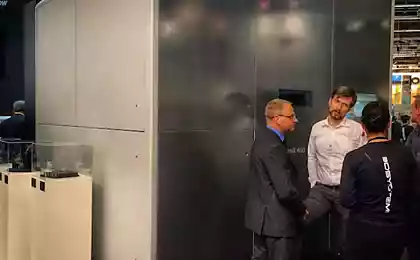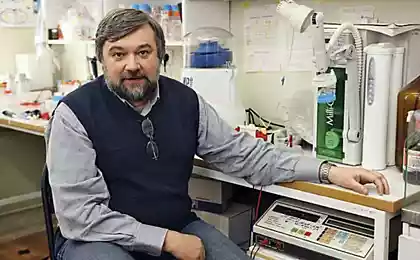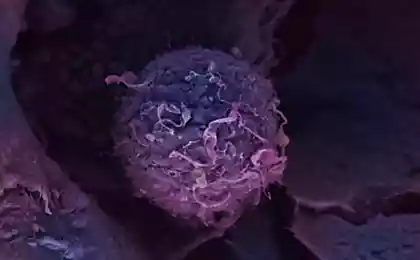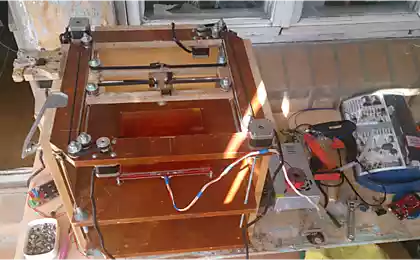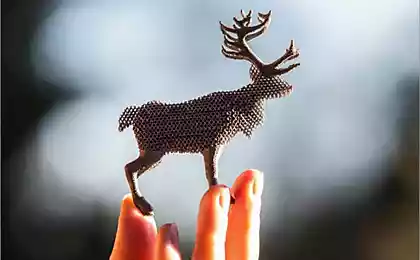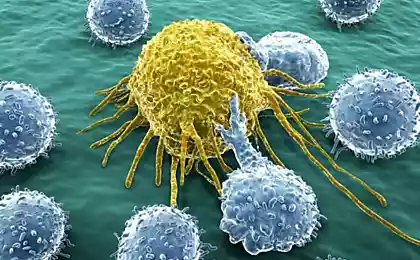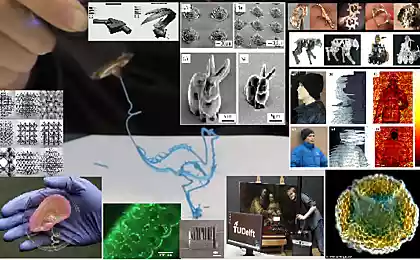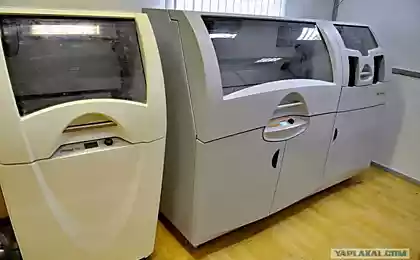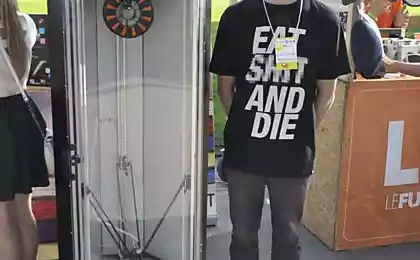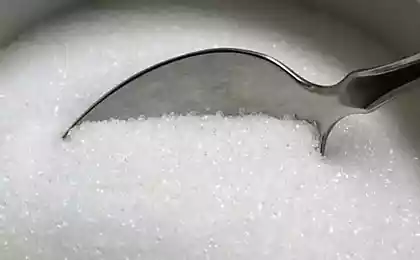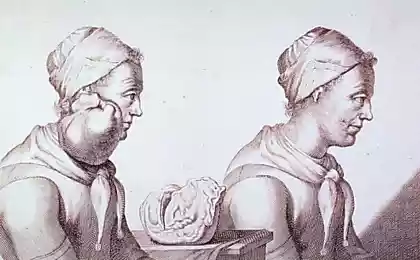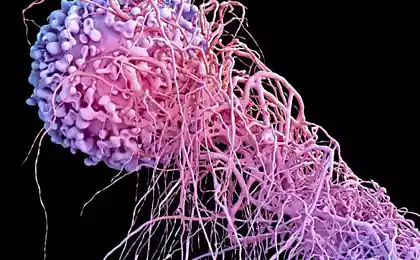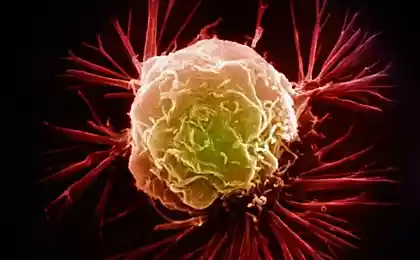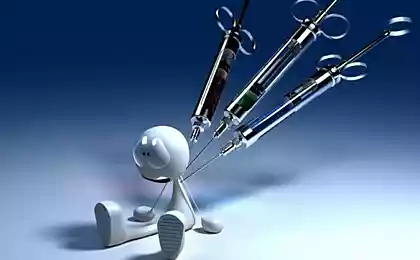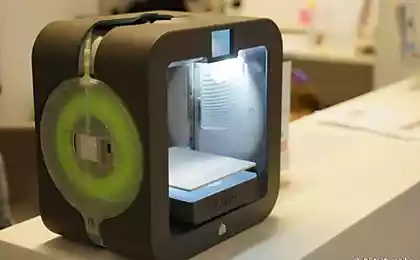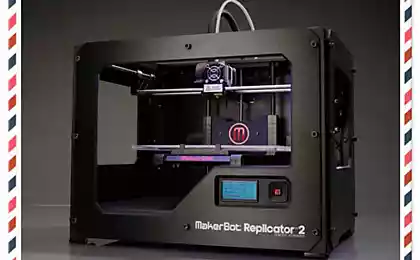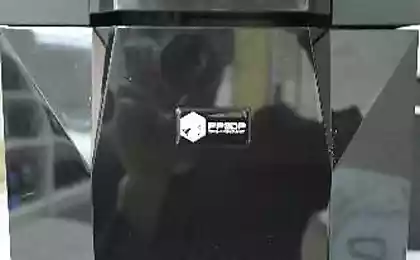147
How 3D printing can help treat cancer
When scientists test drugs on cancer cells, they do so in a petri dish that is limited to two dimensions.
If the test results show that the drug is working properly, the next stage involves testing the drug in a 3D model, on animal tumors. And if this stage has been successful, clinical trials in humans will finally begin.
But what if testing and treatment could start in 3D? Tumors, after all, exist in 3D.
And in order to come up with new ways to test and apply drugs to fight cancer, scientists need to be able to work with tumors not only on the X and Y axes, but also on the Z axis.
The answer may lie in 3D printing. Thanks to a team led by Dr. Wei Sun of Drexel University in Philadelphia, 3D tumors can be modeled using 3D printers that use a mixture of cancerous and healthy biomaterial, dose by dose, in incredibly high resolution, to recreate cancerous tumors. This could be a revolutionary way to cure cancer.
According to Dr. Sun, there is a huge difference between what works in two-dimensional space versus what works in three-dimensional space, the same difference between the results of tests on animals and humans. These differences are a major reason for the high cost of developing new cancer drugs.
You can’t just rely on a formula, every time you use it in a new environment, testing takes a long time, the results must be constantly carefully documented, along with making timely adjustments.
With Dr. Sun’s 3D printing technology, live tumors can be printed as easily as growing cancer cells in a petri dish. Dr. Sun's device has an extremely high resolution that allows cells to be placed with incredible accuracy: the average cell size is 20 microns, when the Sana system can position individual cells at a distance of two to three microns. This means Dr. Sun can print amazingly accurate, spherical tumors in a variety of different shapes and sizes.
But an easier way to test cancer drugs is just one of the few uses of Dr. Sun's technology.
Each tumor is individual, and there is a potential possibility that this technology could be used to simulate a particular patient’s cancerous tumor in the lab. This will help to see which drugs will work most effectively.
And who says this technology can only be applied to cancer?
“Doctors want to be able to print tissue to make organs cheaper,” says Dr. Sun. “Technology of this kind can make this possible. In ten years, all laboratories and hospitals will have a 3D printer to print living cells.
Source: facepla.net
If the test results show that the drug is working properly, the next stage involves testing the drug in a 3D model, on animal tumors. And if this stage has been successful, clinical trials in humans will finally begin.
But what if testing and treatment could start in 3D? Tumors, after all, exist in 3D.
And in order to come up with new ways to test and apply drugs to fight cancer, scientists need to be able to work with tumors not only on the X and Y axes, but also on the Z axis.
The answer may lie in 3D printing. Thanks to a team led by Dr. Wei Sun of Drexel University in Philadelphia, 3D tumors can be modeled using 3D printers that use a mixture of cancerous and healthy biomaterial, dose by dose, in incredibly high resolution, to recreate cancerous tumors. This could be a revolutionary way to cure cancer.
According to Dr. Sun, there is a huge difference between what works in two-dimensional space versus what works in three-dimensional space, the same difference between the results of tests on animals and humans. These differences are a major reason for the high cost of developing new cancer drugs.
You can’t just rely on a formula, every time you use it in a new environment, testing takes a long time, the results must be constantly carefully documented, along with making timely adjustments.
With Dr. Sun’s 3D printing technology, live tumors can be printed as easily as growing cancer cells in a petri dish. Dr. Sun's device has an extremely high resolution that allows cells to be placed with incredible accuracy: the average cell size is 20 microns, when the Sana system can position individual cells at a distance of two to three microns. This means Dr. Sun can print amazingly accurate, spherical tumors in a variety of different shapes and sizes.
But an easier way to test cancer drugs is just one of the few uses of Dr. Sun's technology.
Each tumor is individual, and there is a potential possibility that this technology could be used to simulate a particular patient’s cancerous tumor in the lab. This will help to see which drugs will work most effectively.
And who says this technology can only be applied to cancer?
“Doctors want to be able to print tissue to make organs cheaper,” says Dr. Sun. “Technology of this kind can make this possible. In ten years, all laboratories and hospitals will have a 3D printer to print living cells.
Source: facepla.net
Minnesota has banned antibacterial soap
Yellow-spotted lepidophyma is one of the largest nocturnal lizards

